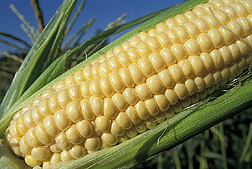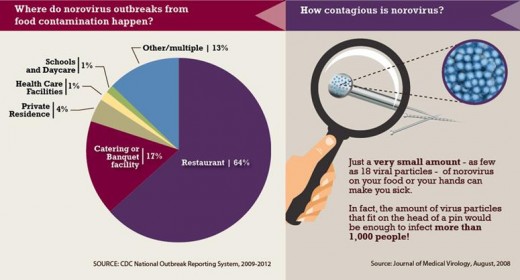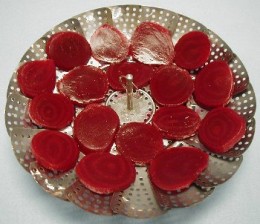
A recent recall of flour has prompted concerns about eating raw dough products such as raw cookie dough, raw bread dough, and homemade craft dough. Any type of flour is a raw food product. At least one person has been sickened with Hemolytic Uremic Syndrome (HUS) due to eating raw pizza dough a restaurant gave to the consumer. HUS develops from E. coli contamination and can be deadly. Here is advise to consumers:
- Flour or raw eggs used to make raw dough or batter might be contaminated.
- Bake items made with raw dough or batter before eating them. Follow the recipe or instructions on the package.
- Do not taste raw dough or batter. Even tasting a small amount could make you sick.
- Wash any bowls, utensils, and other surfaces that were used when baking with hot water and soap.
- Wash your hands with water and soap after handling dough or batter.
- Restaurants should not give customers raw dough to play with or eat.
For more information, see www.cdc.gov/ecoli/2016/o121-06-16/index.html








